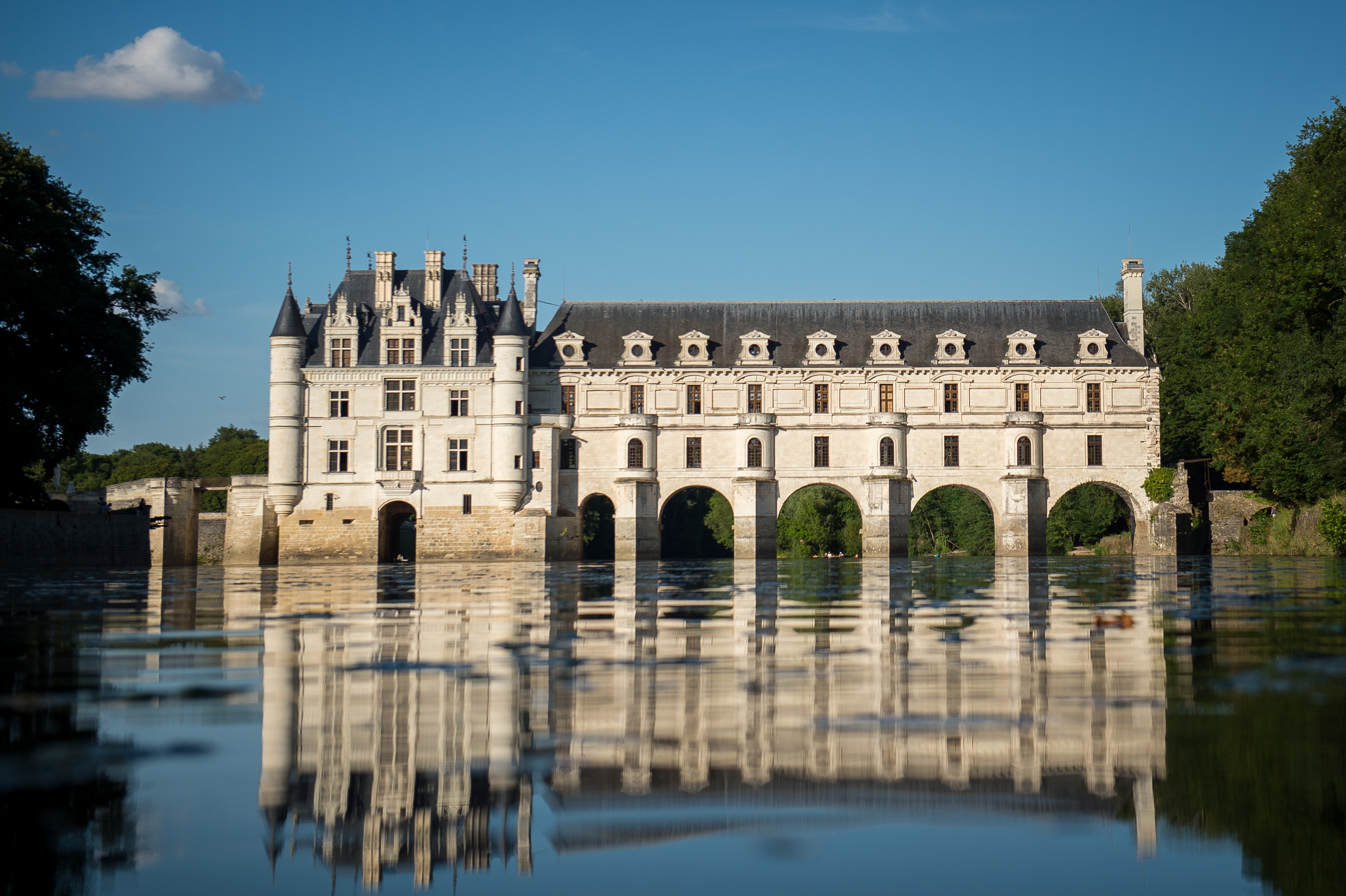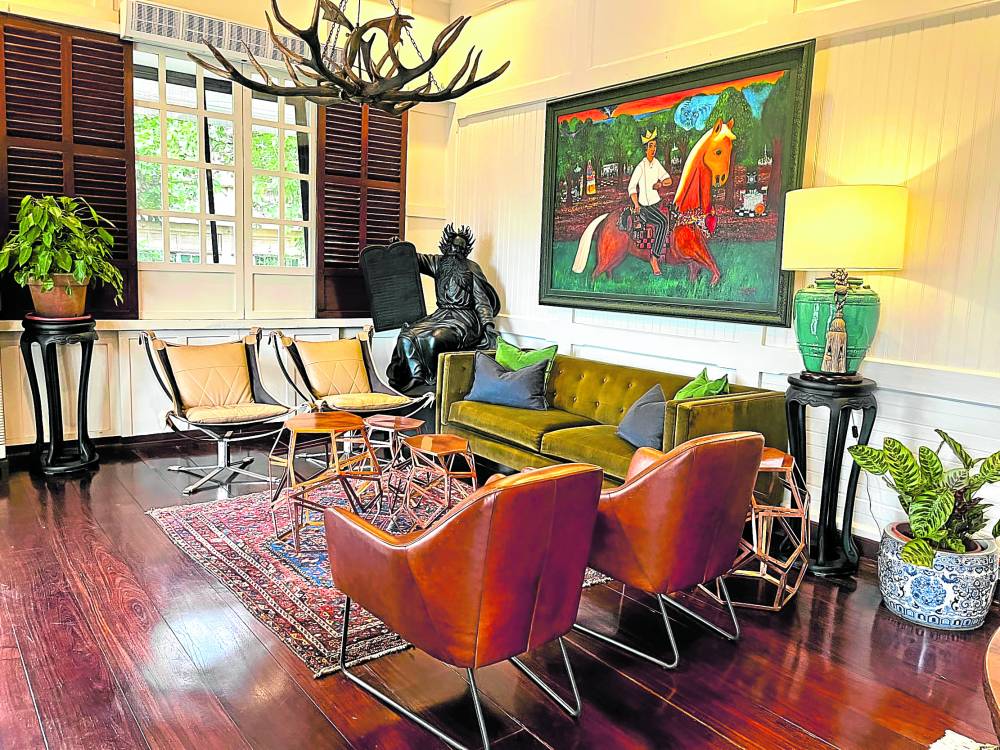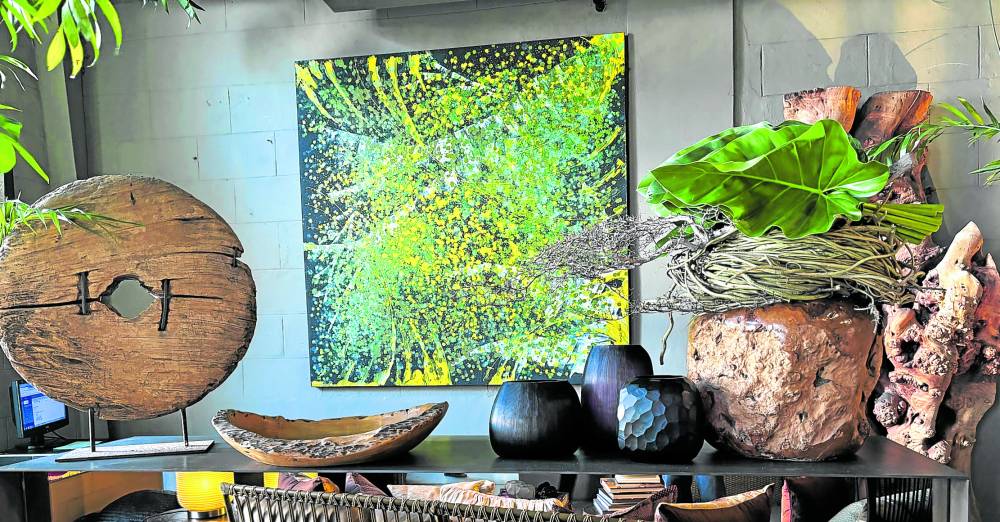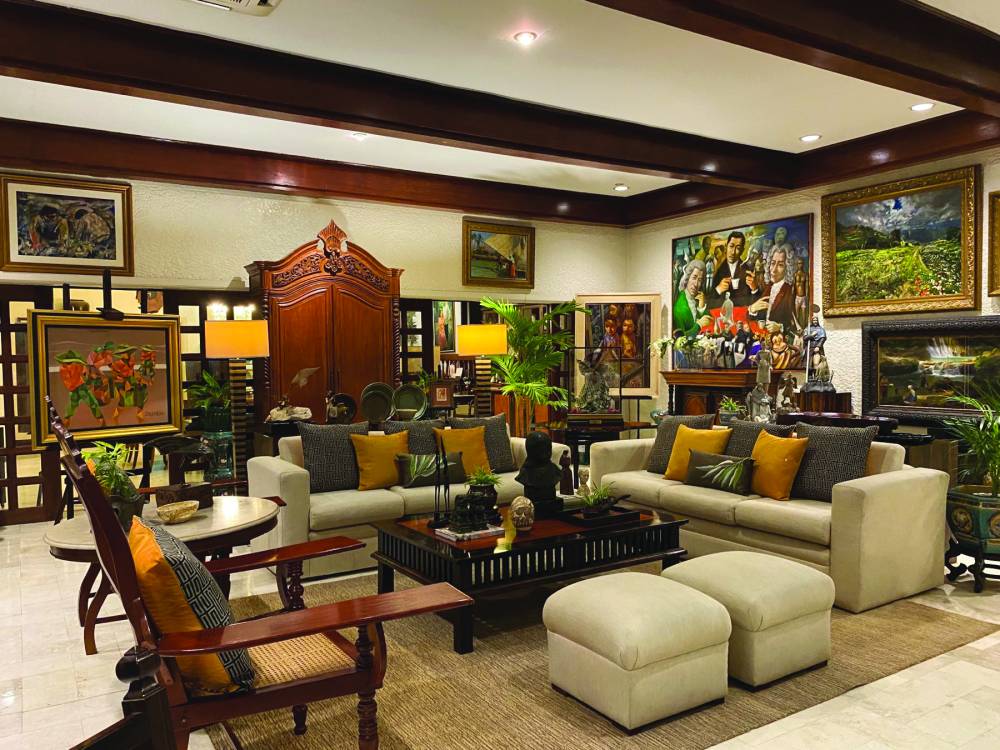This morning I was reading about the attack on the Arc de Triomphe during the Yellow Vests protests. “The statue of the Marianne, the symbol of the republic, in display at the entrance of the Arc de Triomphe museum was smashed,” the report said. “A video shared on shows most of the front of the statue hacked off, while several other men, dressed with yellow vests, are being filmed repeatedly hitting other artifacts with hammers.”
I thought today might be a good day to talk some history.
Last Saturday I swung by the Ayala Museum to hear a public lecture on French cultural landmarks, hosted by the museum and the Alliance Francaise de Manille.
The lecture was given by scholar and heritage sites advocate Bryan Paraiso of the NHCP (National Historical Commission of the Philippines).
I must say they charge pretty steep for a lecture, P420 for one and P720 for a season pass (two lectures), but I guess any chance to go back to any semblance of school is worthwhile for the lifetime student of art. And anyway, I happen to have won tickets from a Facebook contest. Merci beaucoup!
Paraiso began the lecture by saying that “among the countries in the European continent, France’s rich and lively history has bequeathed to us numerous cultural landmarks that have become ideal examples of human ingenuity and artistry throughout the succeeding ages.”
He proceeded to present landmarks that “bear evidence to the exchange and amalgamation of cultural and artistic practices and traditions that have not thoroughly imbued French identity.”
The Francophile in me was all ears.
Below are abridged passages from the lecture kit.
The Painted Caves of Lascaux
“Often termed as the prehistoric Sistine Chapel, the Caves of Lascaux are found in the village of Montignac in Dordogne in southwestern France. There are around 600 painted and drawn animals and symbols are nearly 1,500 engravings decorating the walls of the cavern complex. These parietal wall paintings are estimated to be around 17,000 years old, and depicted animals that once roamed the area during the Upper Paleolithic period.
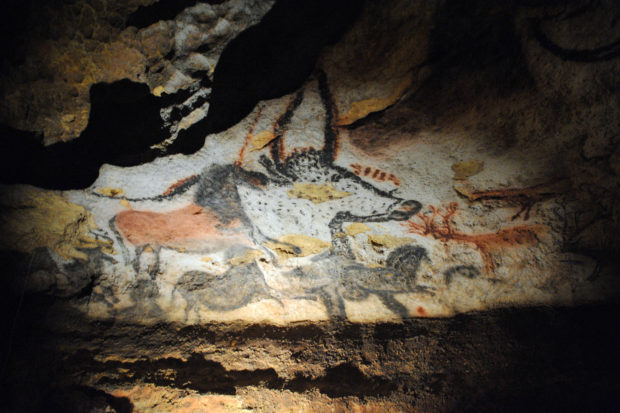
“The Caves of Lascaux were discovered by accident on September 12, 1940, by 18-year-old Marcel Ravidat, who was trying to rescue his dog Robot, which had fallen into the cave. Although World War II was raging in their midst, Ravidat and his three other friends, Jacques Marsal, Georges Agnel, and Simon Coencas, were exploring the forests of Montignac to discover a legendary passageway from the Vezere River to the Chataeu de Montignac. What the friends discovered instead was a cave decorated with painted images of horses, bison, stags, cats, rhinoceros, a bird, and one human being.”
The Roman Temple Maison Carree
“One of the best-preserved Roman temples is the Maison Carree (Square House) in Nimes, which used to be a Roman colony called Nemausus. The temple was built in 4-7 A.D. and dedicated to the grandsons and adopted heirs of the Emperor Augustus, Gaius and Lucius Caesar, who both died young.
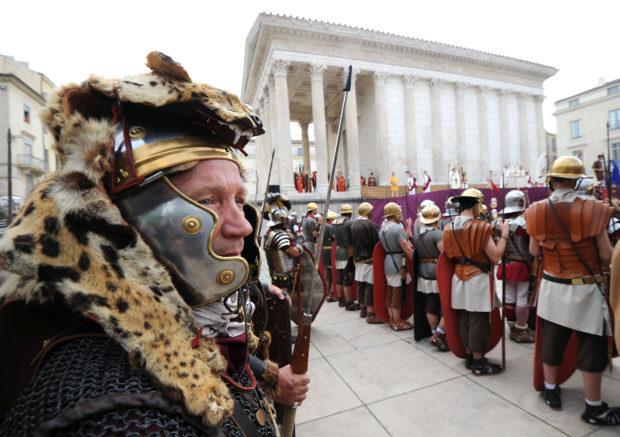
“The Maison Carree is a fine example of classical architecture, espousing the principles of the Roman artchitect and engineer Vitruvius in his work De architectura: firmitas (strength), utilitas (functionality), and venustas (beauty). Vitruvius believed that architecture should follow the truth of nature, most especially in the universal laws of proportion and symmetry. He believed that the human body’s proportional perfection could be used as a pattern to design buildings of perfect proportions and symmetry to achieve eurythmia, a graceful and agreeable atmosphere.”
The Chateau de Chenonceau
“Located near the small village of Chenonceaux in the Loire Valley is a storybook castle surrounded by gardens and spanning the River Cher called the Chateau de Cenonceau.
“The area where the chateau is located once belonged to the Marques family who built a fortified castle and mill in the 1430s, but later sold the property to Thomas Bohier, the chamberlain of King Charles VIII, and had the medieval castle demolished. He built a chateau in a late Gothic/Renaissance style with the help of this wife, Katherine Briconnet between 1515 to 1521.
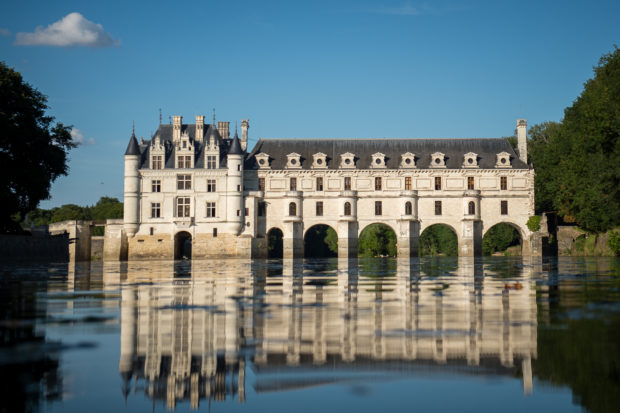
“However, the chateau became the property of King Francis I due to the unpaid debts of the Bohier family to the Crown. After Francis’ death, it was inherited by his son, King Henry II, who gifted it to this favorite mistress, Diane de Poitiers, despite the intentions of his wife, Queen Catherine de Medici, to own it. Pleased with her newly-acquired residence, Diane set about in improving the chateau by constructing an arched bridge in 1555 to span the River Cher and planting a flower and vegetable garden along with a variety of fruit trees for a beautiful promenade.
“With the death of King Henry II in a jousting accident in 1559 and the accession of her son King Francis II, Queen Catherine seized the Chateau de Chenonceau from Diance de Poitiers, who exchanged it for the Chateau de Chaumont. Like Diane, Queen Catherine considered the Chateau de Chenonceau as her favorite residence and introduced new developments to the castle by constructing a two-story gallery, the Batiment-des-Domes, over the arched bridge. She also improved and created other gardens and orchards that could accommodate extravagant celebrations.”
Palace of Versailles
“The Palace of Versailles is the official royal residence of the French monarchy from 1682 under King Louis XIV until the reign of King Louis XVI before the start of the French Revolution in 1789. Located in the department of Yvelines in the region of Ile-de-France, Versailles is about 20 kilometers southwest of Paris. The palace started out as a small hunting lodge for King Louis XIII in 1623 since the estate was surrounded by forests filled with pheasants, boars, and stags. It was rebuilt as two small chateaus from 1631 until 1634, one to accommodate the king and his huntsmen, and the other apartments for Queen Anne of Austria.
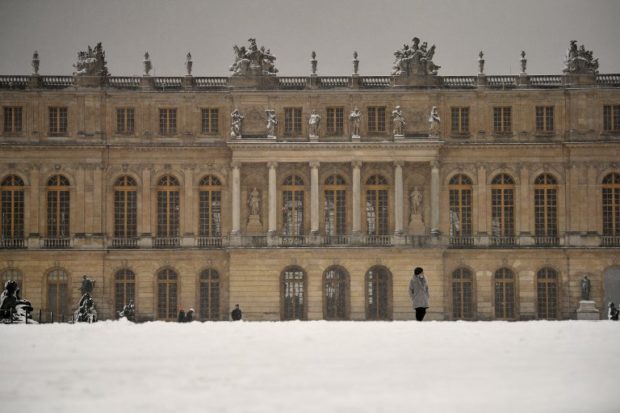
“With the death of Louis XIII in 1643 and the accession of his son, Louis XIV, Versailles saw extensive renovations, which expanded it from a small chateau to a magnificent Baroque palace, with rooms which accommodated members of the royal court and aristocracy, grand ballrooms, private apartments for the King and Queen, gardens and promenades, outlying buildings, hamlets occupying almost 1,000 hectares. Louis XIV believed that Versailles should be an expression of power and authority, since a nation’s glory if conveyed not merely by warfare by also by the grand buildings built the monarch.”
Notre-Dame de Paris
“The Cathedral of Notre-Dame de PAris is located at the eastern end of the Ile de la Cite in the River Seine in Paris. The cathedral may have been erected atop an old Roman temple since the remnants of an altar dedicated to Jupiter and other deities was excavated in the cathedral’s choir area in 1710. The cathedral was dedicated to the patronage of St. Denis, the martyred first bishop of Paris.
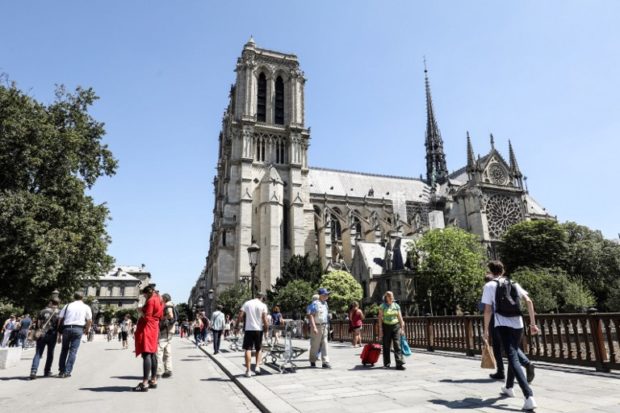
“Attention to the deterioration of the Notre-Dame was brought about by Victor Hugo’s novel Notre-Dame de Paris, more commonly known as The Hunchback of Notre-Dame. The cathedral underwent major restorations in the early 19th century through the supervision of architects Jean-Baptiste-Antoine Lassus and Eugene Emmanuel Viollet-de-Duc, who repaired the damaged statuary and added new features such as the gargoyles and the chimera water spouts.”
Eiffel Tower
“Prominently looming over the City of Paris is the Eiffel Tower, which has become a symbol of industrial development and modernity of France during the late 19th century. Plans were conceived to construct a 300-meter high tower to serve as the gateway for the 1889 World’s Fair in Paris that would occupy the Champ-de-Mars with a square base measuring 125 meters across.
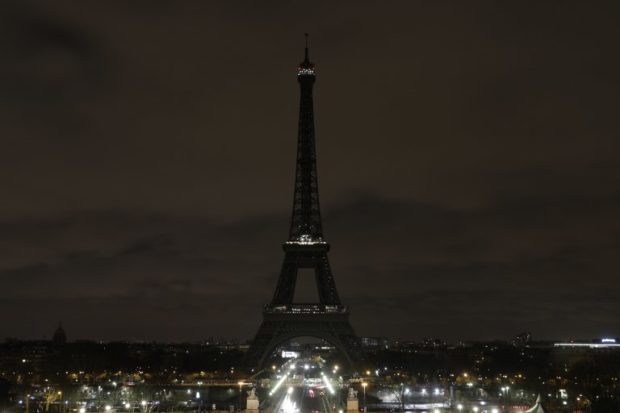
“The two chief engineers of the Compagnie des Establissements Eiffel, Emile Nougier and Maurice Koechlin, broached the idea for the construction of a very tall tower in June 1884. The envisioned tower would be a large pylon with four columns of lattice work girders, separated at the base and converging at the top, joined together by more metal girders at regulat inervals.
Gustave Eiffel filed a patent on 18 September 1884, “for a new configuration allowing the construction of metal supports and pylons capable of exceeding a height of 300 meters.” The company’s architect, Stephen Sauvestre, contributed to the architectural details and decorative features of the tower to make it pleasing to the public.”
Arc de Triomphe de l’Etoile
“Another prominent monument in the City of Paris that memorializes the French who courageously fought and died during the French Revolution and the Napoleonic Wars is the Arc de Triomphe de l’Etoile. It is located at the western end of the Champs-Elysees at the center of Place Charles de Gaulle, which was formerly known as the Place de l’Etoile. The l’Etoile referred to the rotunda with twelve avenues radiating from it.
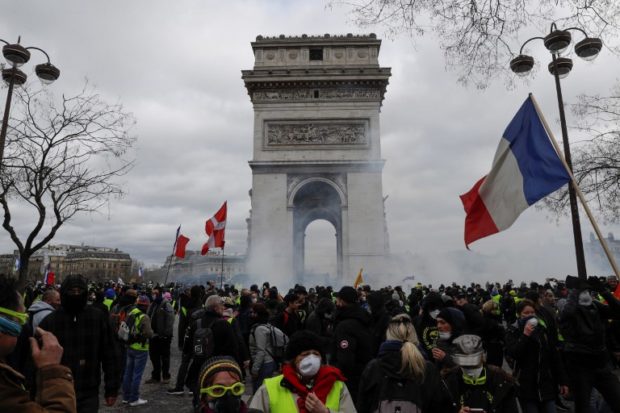
“Napoleon Bonaparte commissioned the architect Jean Chalgrin to design and build the triumphal arch in 1806 to celebrate his victory at the Battle of Austerlitz against the Russian and Austrian armies led by the Emperor Alexander I and Holy Roman Emperor Francis II. However, with the defeat of Napoleon and the Bourbon Restoration, work on the Arc was halted and it was only completed in 1836. The Arc de Triomphe is 50 meters tall with a width of 45 meters and depth of 22 meters, while its large vault is 29.19 meters high and 14.62 meters wide.
“Chalgrin was influenced in his design by the Arch of Titus in Rome, but created a Neoclassical version for the Arc de Triomphe and used finely dressed stone to build it. Four sculptural embellish its base.” —JG
RELATED STORIES:
Palacio de Memoria: Forget KonMari and catch this old-world vibe

